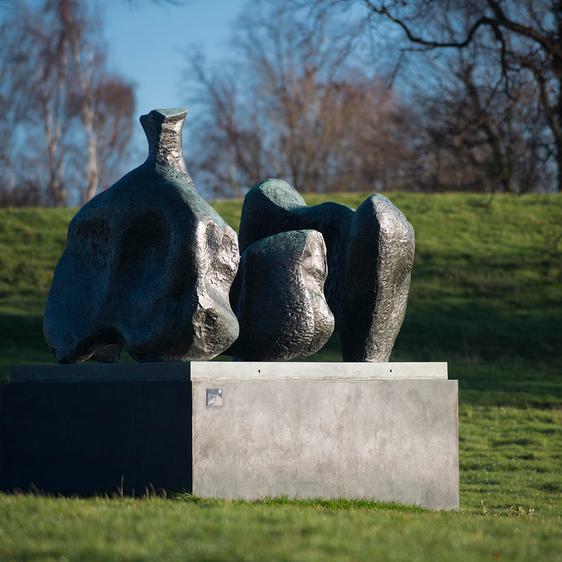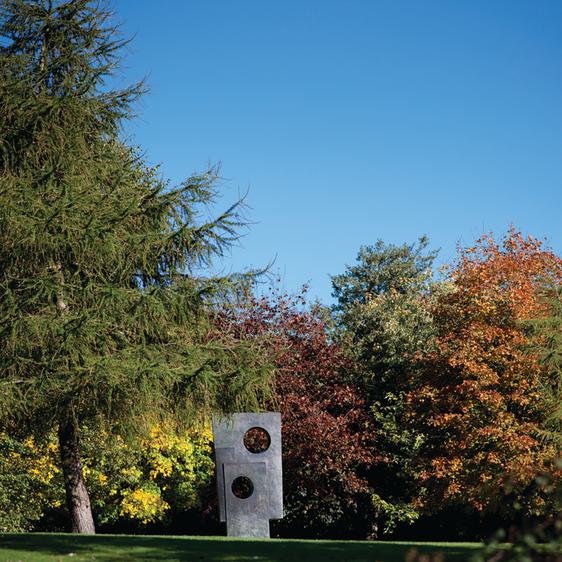About Beyond the Visual: Collaborative Audio Description
Use new and experimental techniques to describe, interpret and share experiences of sculpture.
Join us for this one-day workshop, as we pool expertise and experience from friends at the Henry Moore Institute and University of the Arts London, to collaboratively create new audio interpretations of artwork on display at Yorkshire Sculpture Park.
This workshop is open to blind, partially blind and sighted participants. Led by writer Joe Rizzo Naudi and artist and educator Sally Booth, both of whom are registered blind, the workshop will use new and experimental techniques to describe, interpret and share experiences of sculpture.
This workshop is part of a three-year research project, Beyond the Visual: Blindness and Expanded Sculpture. The project, a collaboration between the Henry Moore Institute, Shape Arts and University of the Arts London, was the recipient of the inaugural Arts and Humanities Research Council Exhibition Fund. The project will culminate with a landmark 2025 exhibition at the Henry Moore Institute, foregrounding work by blind and partially blind artists.
Additional Information
Event lasts 5 hours 30 minutes (excluding travel)
Return transport from central Leeds to Yorkshire Sculpture Park is provided, along with lunch and refreshments.
If you are blind or partially sighted and would like to bring a sighted companion along with you to this event, you are welcome to. Please book these spaces separately to help us manage numbers.
Schedule
9.00 Meet in the foyer of the Henry Moore Institute.
9.15–10.00 Travel via coach to Yorkshire Sculpture Park
10.00–10.30 Welcome, refreshments, and introduction by two workshop leaders, Sally Booth and Joseph Rizzo Naudi.
10.30–12.30 Morning session – Country Park and Little Wild Wood: exploring works by artists such as Henry Moore, James Turrell, Jem Finer and Masayuki Koorida
12.30–13.30 Lunch
13.30–15.30 Afternoon session – Gardens, Hillside, Lower Park: exploring works by artists such as Anya Gallaccio, Barbara Hepworth, Ro Robertson, Abigail Reynolds, Ursula von Rydingsvard and Leiko Ikemura.
15.30–16.15 Return travel to HMI, Leeds
Dates and Times
You may also like
- Art Outdoors
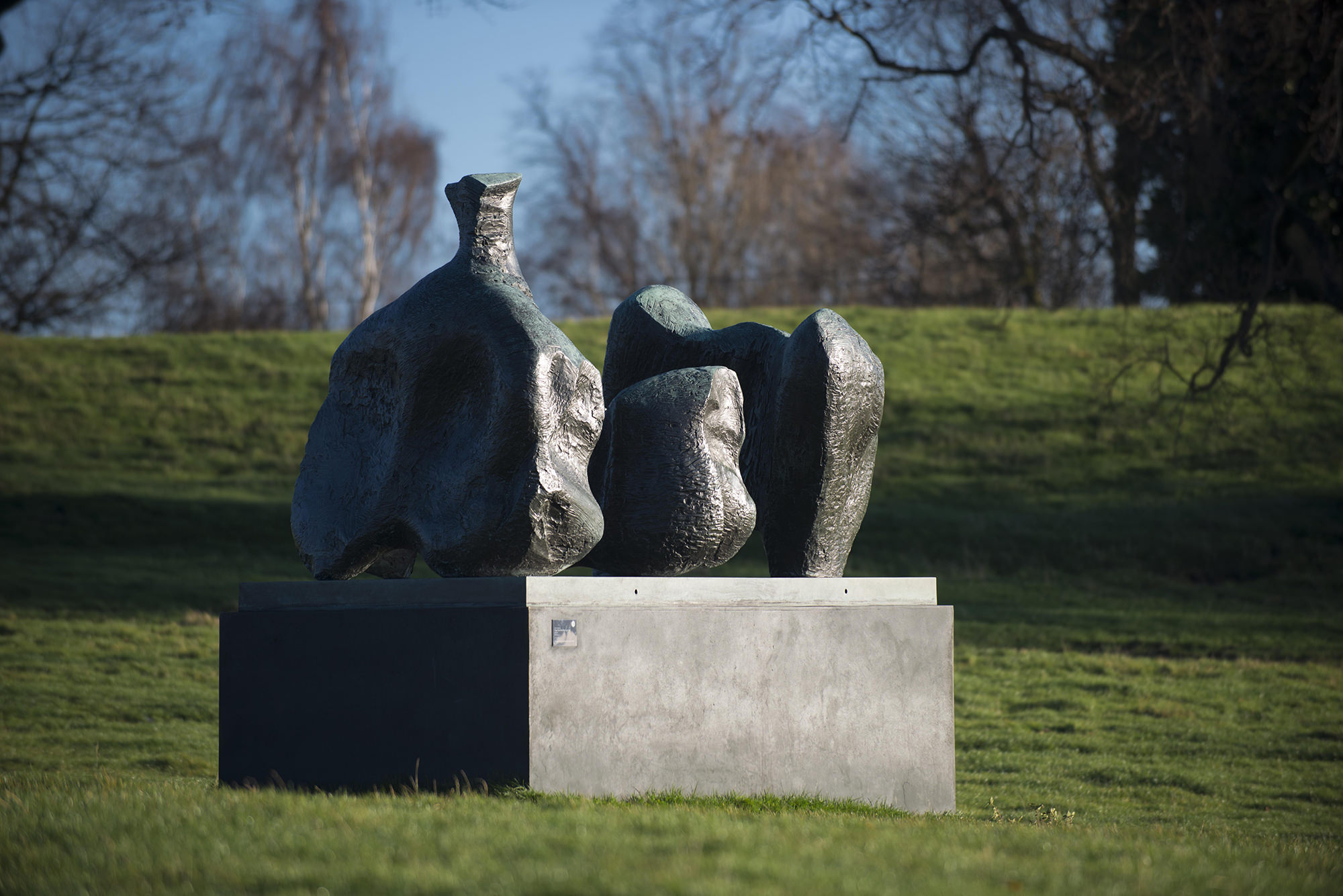
Henry Moore: Three Piece Reclining Figure No.1
- Art Outdoors
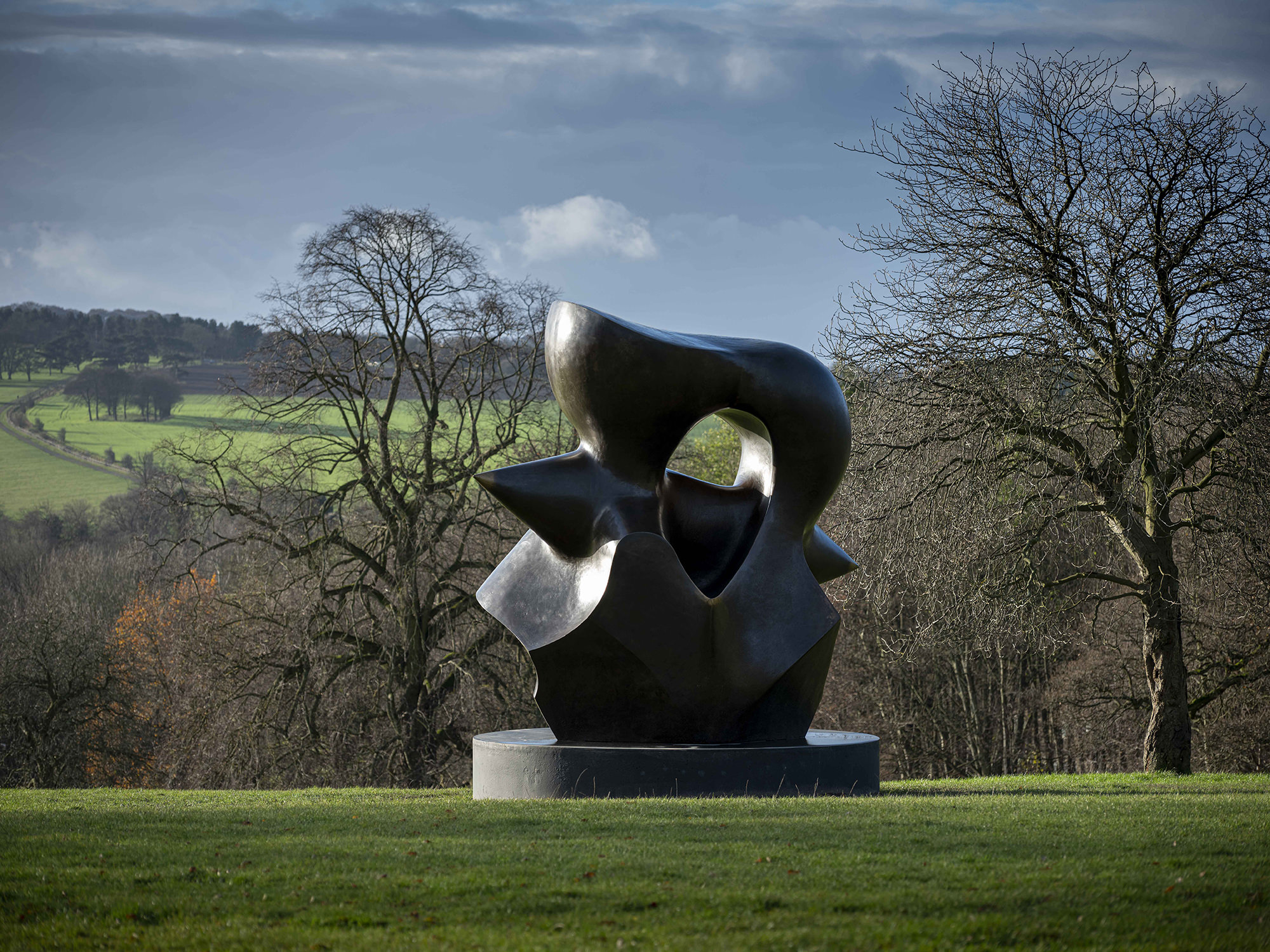
Henry Moore: Large Spindle Piece
Large Spindle Piece was based on the shape of a piece of flint with protruding points that Moore found near his Perry Green home. It was also greatly inspired by Moore’s fascination with Michelangelo, which had begun almost 50 years earlier. A Royal Academy Scholarship had enabled Moore to travel to Italy in 1925 where he visited the Sistine Chapel. - Art Outdoors
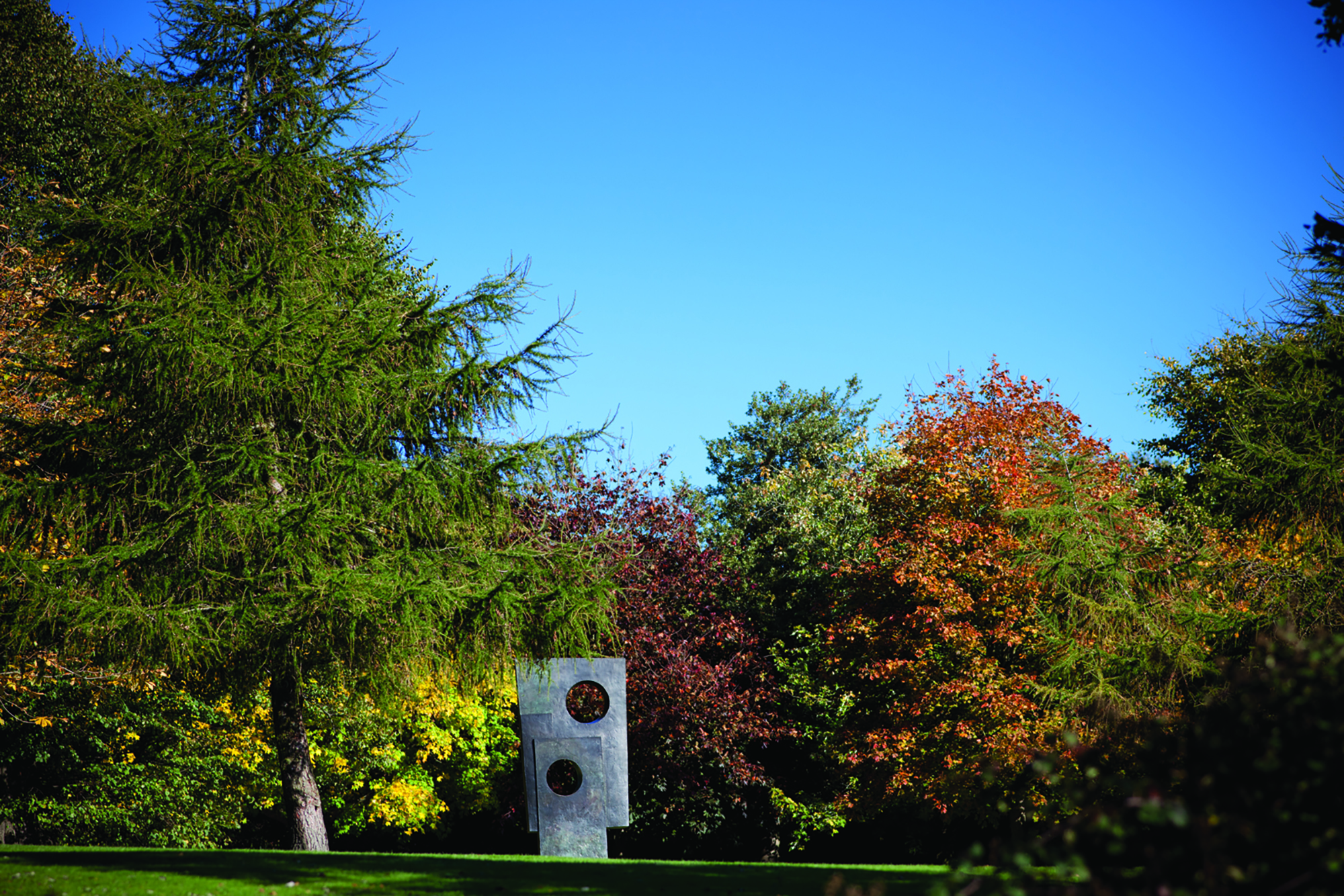
Barbara Hepworth: Squares with Two Circles
Squares with Two Circles is a large bronze work by Barbara Hepworth. The sculpture stands on the Hillside at YSP near to Hepworth's The Family of Man. The two circular apertures provide 'windows' to the landscape beyond. - Art Outdoors
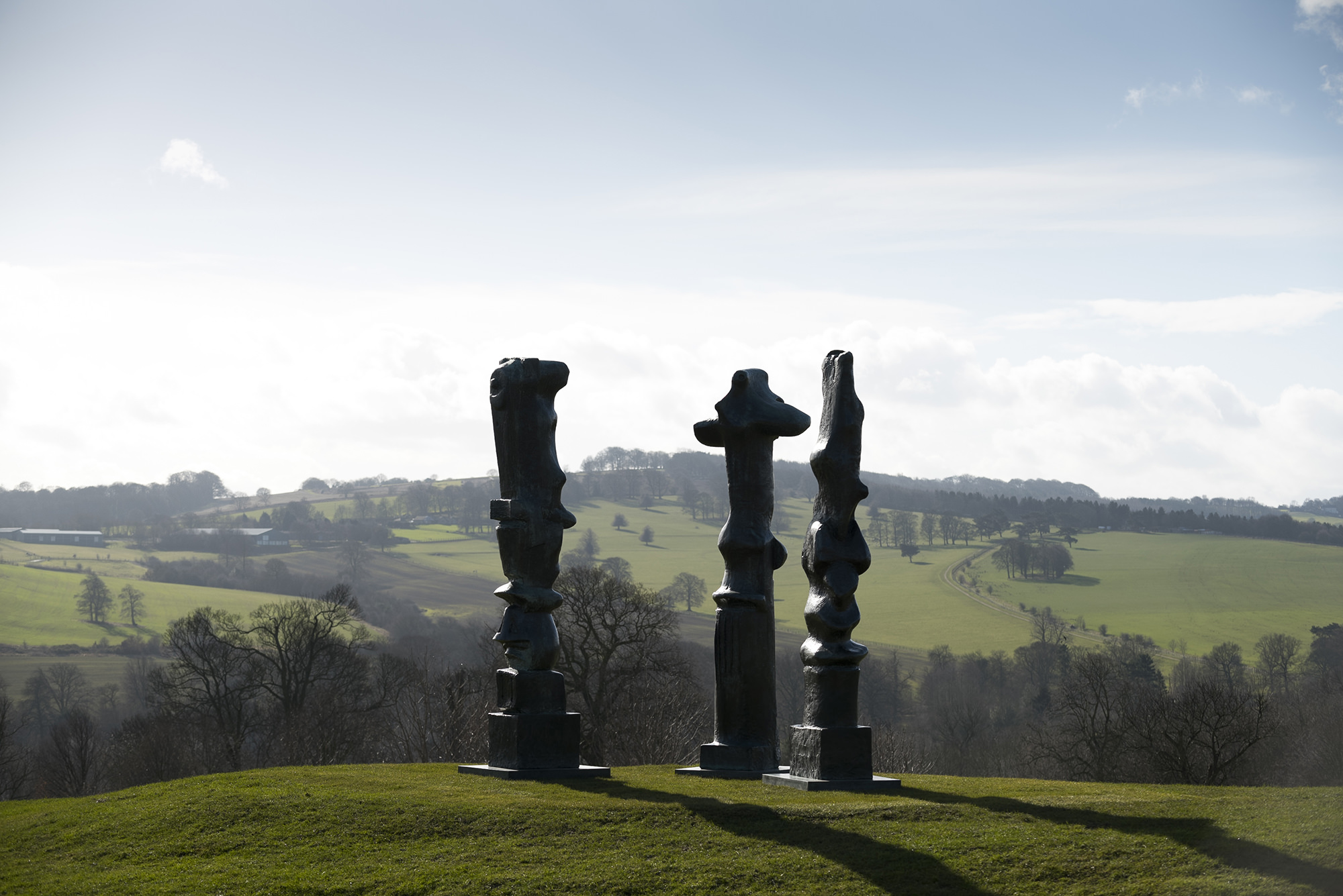
Henry Moore: Upright Motives No. 1 (Glenkiln Cross): No 2; No 7
Moore created twelve Upright Motives in the mid 1950s. In their powerful symbolism these pieces owe much to the tall, upright stones, known as menhirs, from prehistoric times. Moore brought all these influences together to create forms which are unmistakably his own.




